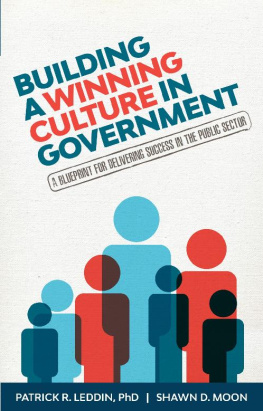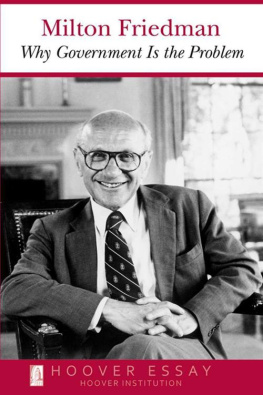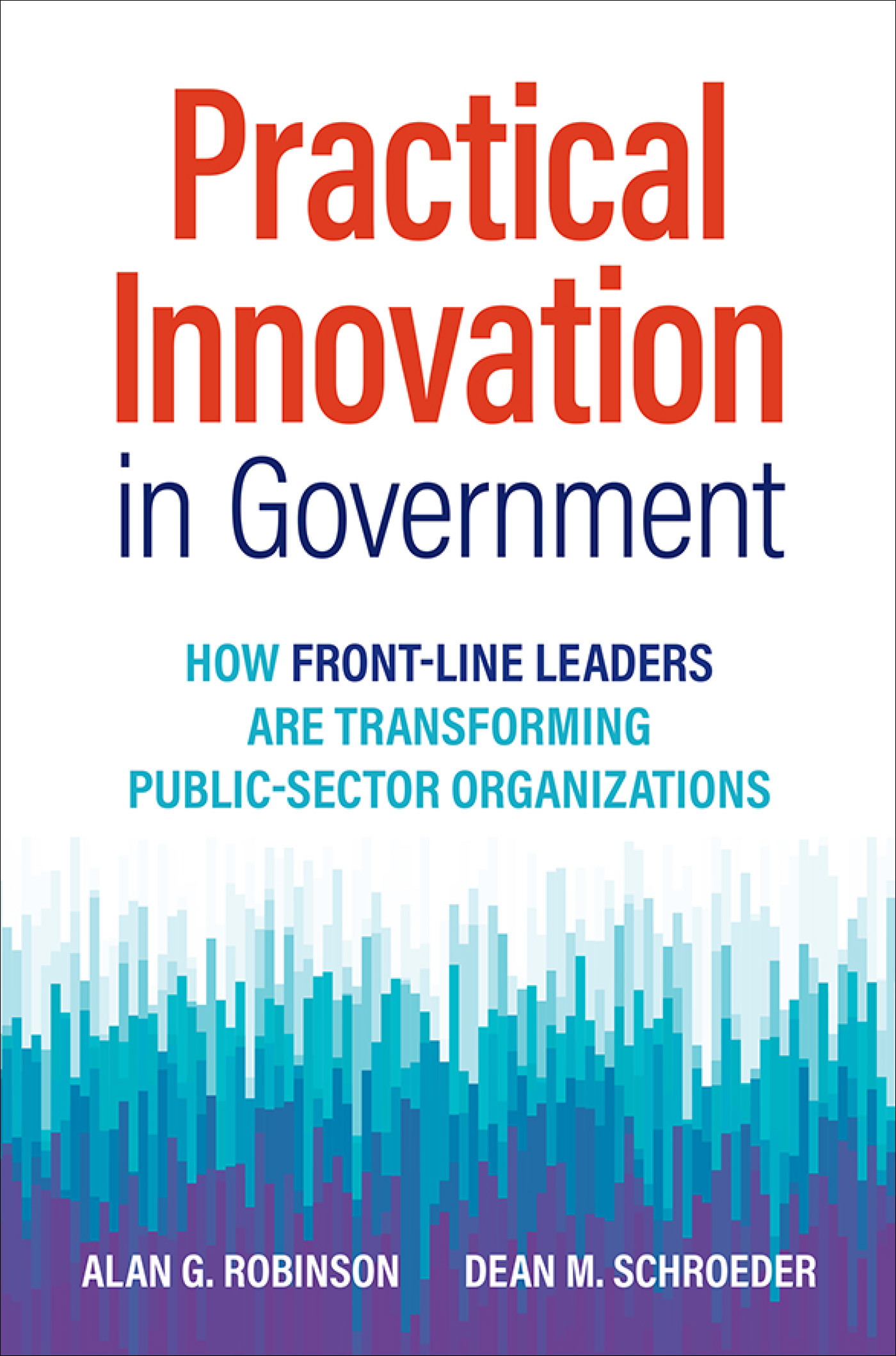Alan G Robinson - Practical Innovation in Government: How Front-Line Leaders Are Transforming Public-Sector Organizations
Here you can read online Alan G Robinson - Practical Innovation in Government: How Front-Line Leaders Are Transforming Public-Sector Organizations full text of the book (entire story) in english for free. Download pdf and epub, get meaning, cover and reviews about this ebook. year: 2022, publisher: Berrett-Koehler Publishers, genre: Business. Description of the work, (preface) as well as reviews are available. Best literature library LitArk.com created for fans of good reading and offers a wide selection of genres:
Romance novel
Science fiction
Adventure
Detective
Science
History
Home and family
Prose
Art
Politics
Computer
Non-fiction
Religion
Business
Children
Humor
Choose a favorite category and find really read worthwhile books. Enjoy immersion in the world of imagination, feel the emotions of the characters or learn something new for yourself, make an fascinating discovery.

- Book:Practical Innovation in Government: How Front-Line Leaders Are Transforming Public-Sector Organizations
- Author:
- Publisher:Berrett-Koehler Publishers
- Genre:
- Year:2022
- Rating:3 / 5
- Favourites:Add to favourites
- Your mark:
Practical Innovation in Government: How Front-Line Leaders Are Transforming Public-Sector Organizations: summary, description and annotation
We offer to read an annotation, description, summary or preface (depends on what the author of the book "Practical Innovation in Government: How Front-Line Leaders Are Transforming Public-Sector Organizations" wrote himself). If you haven't found the necessary information about the book — write in the comments, we will try to find it.
Whether people want more government or less, everyone wants an efficient government. Traditional thinking is that this requires a government to be run more like a business. But a government is not a business, and this approach merely replaces old problems with new ones.
In their six-year, five-country study of seventy-seven government organizations-ranging from small departments to entire states-Alan Robinson and Dean Schroeder found that the predominant private-sector approaches to improvement dont work well in the public sector, while practices that are rare in the private sector prove highly effective. The highest performers they studied had attained levels of efficiency that rivaled the best private-sector companies.
Rather than management making the improvements, as is the norm in the private sector, these high-performers focused on front-line-driven improvement, where most of the change activity was led by supervisors and low-level managers who unleashed the creativity and ideas of their employees to improve their operations bit by bit every day.
Youll discover how Denvers Department of Excise and Licenses reduced wait times from an hour and forty minutes to just seven minutes; how the Washington State Patrol garage tripled its productivity and became a national benchmark; how a K8 school in New Brunswick, Canada, boosted the percentage of students reading at the appropriate age level from 22 percent to 78 percent; and much more.
Alan G Robinson: author's other books
Who wrote Practical Innovation in Government: How Front-Line Leaders Are Transforming Public-Sector Organizations? Find out the surname, the name of the author of the book and a list of all author's works by series.












